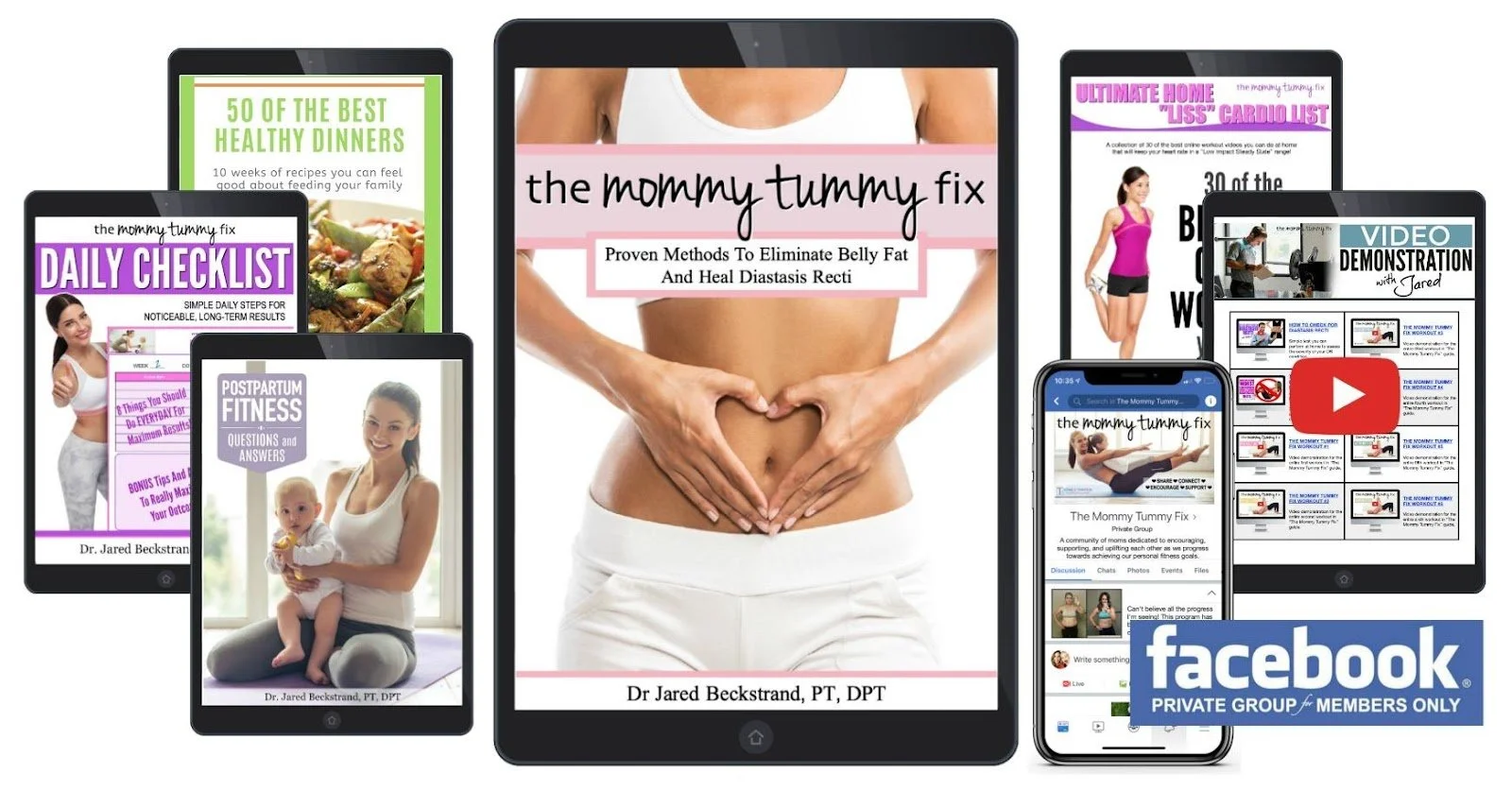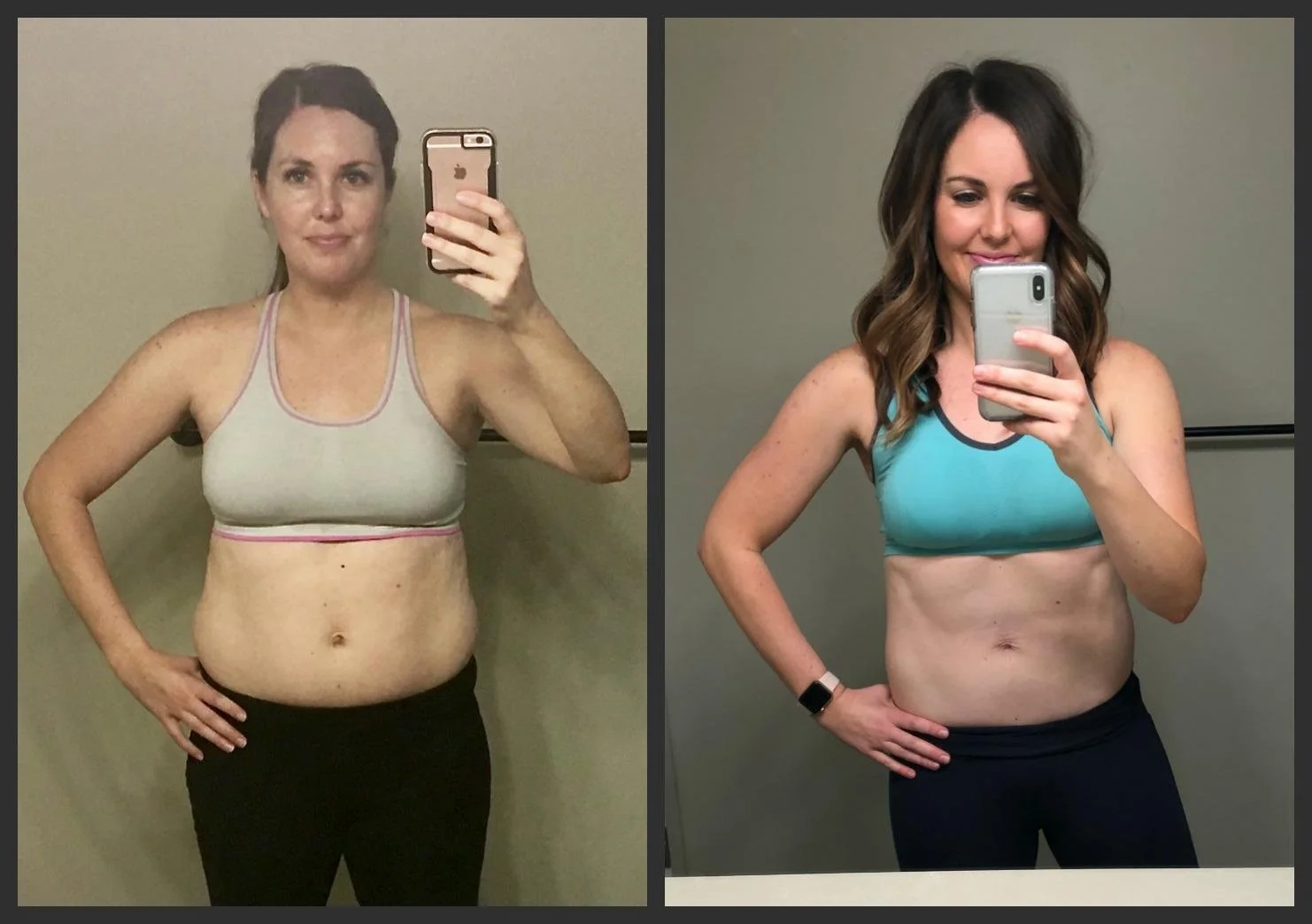Seven Tips for a Healthy Breastfeeding Diet and Lifestyle
Breastfeeding is a natural process - but there are ways to make it a little more successful and healthy for both mom and baby. Here are seven essential tips fora healthy breastfeeding diet and lifestyle.
Young mother breastfeeds her baby, holding him in her arms and smiling from happiness
Breastfeeding a newborn baby can be an exciting yet intimidating undertaking.
You’ve sustained this little life for the last nine months and you get to continue that miracle now that he/she is here!
Eating healthy while breastfeeding will not only give you the energy you need to take care of yourself and your baby, but can also help you shed pregnancy weight faster.
Your breast milk is very nutritious and contains essential nutrients your baby needs as they’re starting out in life. Consequently, your nutrition needs are increased to meet this demand for your child.
Make sure you’re supplying your little one with all the nutrition he/she needs as well as taking care of yourself with these “Seven Tips For Healthy And Nutritious Breastfeeding”.
Looking for some amazing recipes that are easy, nutritious, and perfect for a breastfeeding mother? You don't want to miss our Breastfeeding and Postpartum Meal Plan - it is on sale for $19.99 and has tons of great recipes to help YOU feel great and maintain your breast milk supply.
Post Written by Jared Beckstrand from Tone and Tighten
Looking for some great workouts? Be sure to download our FREE 30 day postpartum workout plans:
TIP #1 - YOUR BODY PUTS YOUR BABY’S NEEDS BEFORE ITS OWN
The composition of breast milk is highly regulated. Your diet/what you consume actually has little effect on the CONCENTRATION of these nutrients. The basic fat-protein-carb composition of human milk is not directly dependent on what you eat.
However, if your overall diet does not provide sufficient amounts of nutrients, it can affect not only the quality of your breast milk but your own health as well.
Your body puts your nursing baby first in line for vitamins and minerals. If you don’t consume enough nutrients in your diet for both you and your baby, your body will start to tap into its own resources to fuel milk production.
That being said, you need to consume enough nutrients (proteins, carbs, fats, vitamins, and minerals) in your diet that there will be enough left for you AFTER your body has supplied your breast milk with all of its nutritional requirements.
TIP #2 - YOU NEED AN EXTRA 200-500 CALORIES A DAY WHILE BREASTFEEDING
Making milk to keep your child is alive is a miraculous process. It is hard work for your body and therefore your caloric demands change while breastfeeding.
Food is fuel; the food we put into our bodies is converted into energy to help keep us alive and power us through our day.
It is estimated that your energy needs increase by about 200-500 calories while you’re breastfeeding (the same as running about 5 miles; or completing a 60-minute workout!).
Keep in mind that this is an increase over what your body needs NORMALLY are. For most women, it is recommended that daily caloric intake is between 1800 and 2000 calories. For most breastfeeding women, that means you should aim to consume approximately 2200-2500 calories.
This is a general average; every woman is different and your energy needs actually change along the breastfeeding journey. The amount may vary depending on your metabolism, weight, and exercise habits.
TIP #3 - MAKE SURE YOU’RE GETTING EXTRA CALORIES FROM THE BEST SOURCES
Obviously HOW you get these extra calories is going to play a significant role in your health and wellness during and after breastfeeding. Picking nutrient-rich foods like lean protein and healthy carbohydrates are going to be a lot better for you and for your weight that cupcakes and ice cream.
You don’t necessarily need a special diet while breastfeeding, but what you do eat needs to be “nutritionally balanced”. Because your nutrients are being depleted with feedings it’s important that you eat the RIGHT foods to keep yourself healthy and strong.
It is vital that you eat a variety of nutritious whole foods to ensure you’re getting all the nutrients that your baby needs.
Make sure that you’re getting an adequate amount of each of the major macronutrients required by your body and your baby’s. These include:
Protein: Best sources include fish, seafood, chicken, lean beef, pork, eggs, lentils
Carbohydrates: Best sources include fruits and vegetables, whole wheat or whole grain bread
Fats: Best sources include nuts, seeds, olive oil, avocados
As a general rule, try to fill these extra 200-500 calorie needs with natural foods. Avoid foods that are processed and/or artificial as they are usually higher in calories, artificial ingredients, added sugars, and unhealthy fats.
TIP #4 - SET A REALISTIC POSTPARTUM DIET FOR HEALTHY WEIGHT LOSS
Now I know what you might be thinking - “BONUS! I’m going to lose post-pregnancy weight faster because I’m burning more calories breastfeeding!” Not so fast.
Due to hormonal changes in your body you may have a bigger appetite and actually be more prone to hold on to body fat. It is completely normal to not lose any weight - or even gain some - during the first 3 months breastfeeding.
Restricting your calories, especially during the first few months of breastfeeding, can actually decrease your milk supply and your energy levels.
Losing approximately 1-2 pounds per week through a combination of a healthy diet and regular exercise should not affect your milk supply or composition, assuming you are a healthy weight to begin with.
It’s typically not a good idea to try to lose large quantities of weight while breastfeeding. Your first priority is getting the nutrients you and your baby need. If you’re losing more than 2 pounds per week, you might need to look at your diet and make sure you’re eating enough for you and for your baby.
Remember - when we talk about post-pregnancy weight loss we talk in terms of months, not days. It’s a marathon, not a sprint. It took (in most instances) 9 months for your body to change into what it is right now; don’t expect it to return to pre-baby shape overnight.
TIP #5 - BREASTFEEDING IS NOT AN EXCUSE FOR A “FREE-FOR-ALL”
Many breastfeeding women blame excessive snacking or hunger on their body’s increased demands to produce milk. More-often-than-not snacking results from other postpartum factors (boredom, being housebound, anxiety, and fatigue) than actual hunger or increased calorie requirements.
While you may need to eat more often, it doesn’t need to be sugar, soda, chocolate, and brownies. A good idea is to have plenty of healthy breastfeeding snacks on hand including almonds, carrots, grapes, apples, etc for when the munchies strike.
While we’ve established that nursing and milk production results in a 200-500 calorie per day metabolic increase, this does not give you a license to eat anything and everything in the pantry.
TIP #6 - BE SURE TO DRINK PLENTY OF WATER
Breastfeeding will usually leave you feeling thirstier than normal.
This is due to an increased amount of the hormone oxytocin. When your baby latches on to your breast, your oxytocin levels actually increase and this causes your milk to start flowing.
This also stimulates thirst so that you drink enough water to meet the increased requirements for milk production.
It is generally recommended that you drink 64 ounces of water each day (Eight 8-ounce glasses). This number may increase by an additional 8-16 ounces while breastfeeding.
TIP #7 - REGARDING POSTPARTUM WEIGHT LOSS, PROPER NUTRITION IS ONLY ONE PIECE OF THE PUZZLE
Interested in losing postpartum weight the right way? Wanting to get back to “pre-baby shape” but aren’t too sure how to get there?
Eating a healthy diet is crucial, but it’s only one piece to a much bigger puzzle.
You not only have to eat the right amounts of the right things, but you also have to increase your activity to a healthy level and participate in a research-supported core workout program.
This combination has been proven to be the most effective thing you can do to eliminate your “mommy tummy” and get back to your pre-baby weight.
If you’re interested in a program that puts all these components together to help you lose post-pregnancy weight safely and effectively, you have to check out
This is a post-pregnancy fitness plan that include core workouts, a cardio guide, a healthy dinner plan, and so much more! It’s everything you need to return to a fit, healthy lifestyle.
You get:
“The Mommy Tummy Fix” - 6-phase core workout progression that’s diastasis-recti friendly!
“50 Of The Best Healthy Dinners” - a recipe ebook for easy, healthy dinners that cover the nutritional content we discussed in this post.
“Ultimate LISS Cardio List” - a collection of simple, healthy workouts to help you burn fat and lose weight.
“Daily Checklist” - simple, healthy habits you can do everyday to ensure you’re making all the progress necessary towards your pre-baby goals.
“Post-Pregnancy Fitness FAQ’s” - the most-common postpartum fitness questions and their answers in one convenient ebook.
“Video Demonstration” - of each core workout to ensure proper performance.
“The Mommy Tummy Fix Private Facebook Group Membership” - join a community of hundreds of other moms united in helping each other to achieve your personal fitness goals.
This is the plan that I wrote for my wife after she had our fourth baby. Her progress had stalled and she came to me for help. Her results were amazing…
She lost 20 pounds and 6 inches off her waistline with this program! CLICK HERE to see her incredible results!
To learn more about this incredible offer and see some of the results of this program, click this link:
CLICK HERE TO BUY NOW
Be sure to use the code “MOMMY30” at checkout to receive $30 off your entire program!
This is the lowest price this program will ever be offered, and it won’t be around for long!
Head over to THIS LINK RIGHT NOW to pick up your discounted program today!
The information contained in this blog post and on this website is intended for informational purposes only and should not be considered to be a specific diagnosis or treatment plan for any individual situation. Always seek the direct advice of your own doctor in connection with any questions of issues you may have regarding your own health or the health of others.





